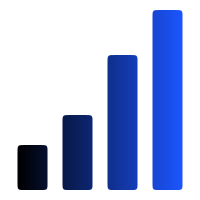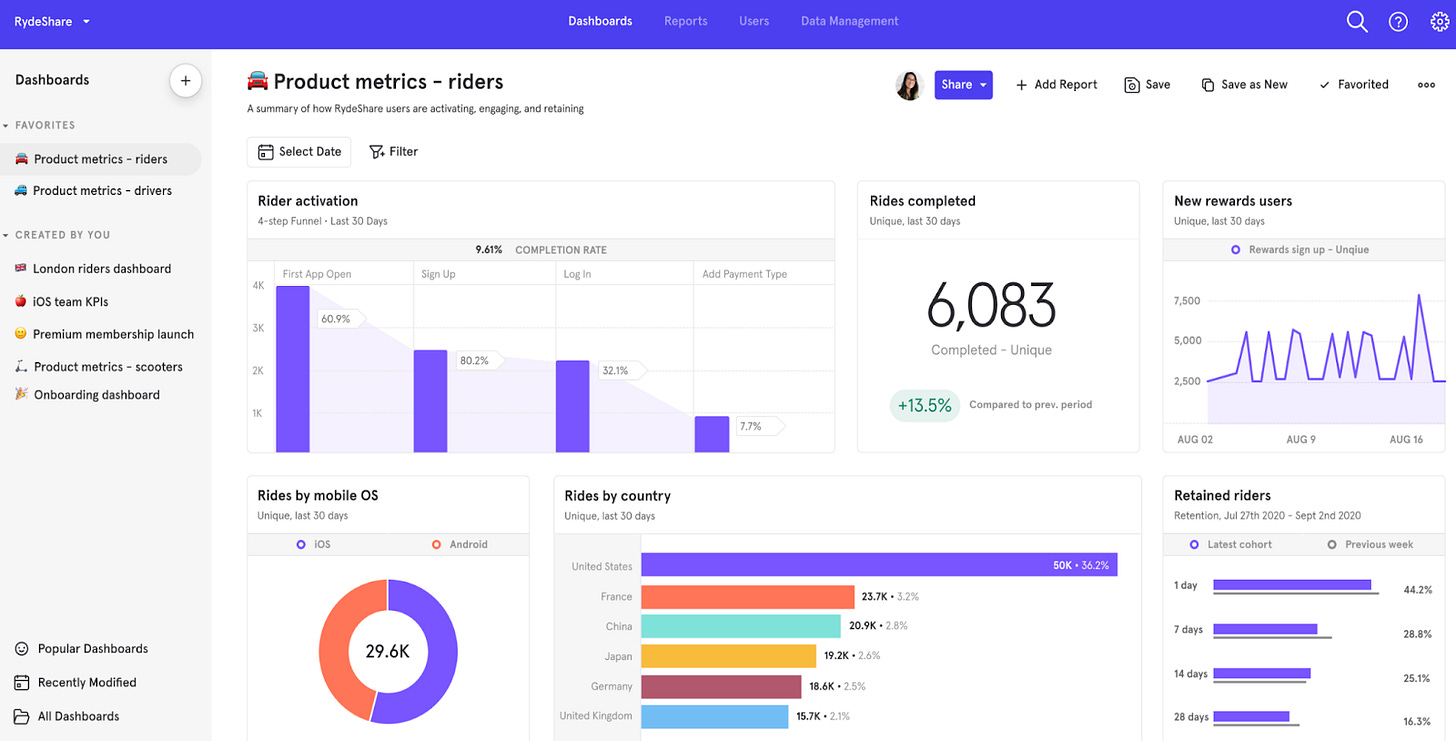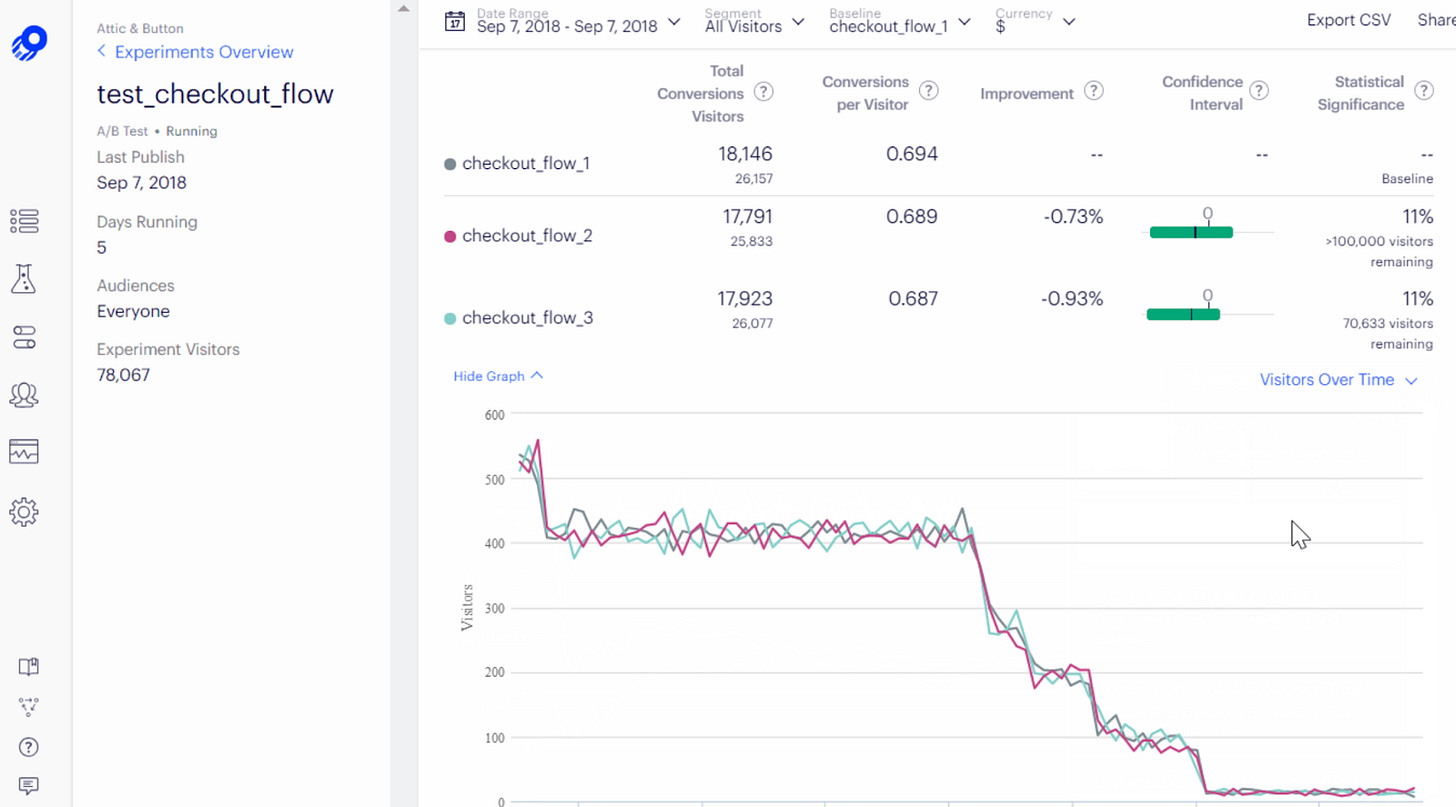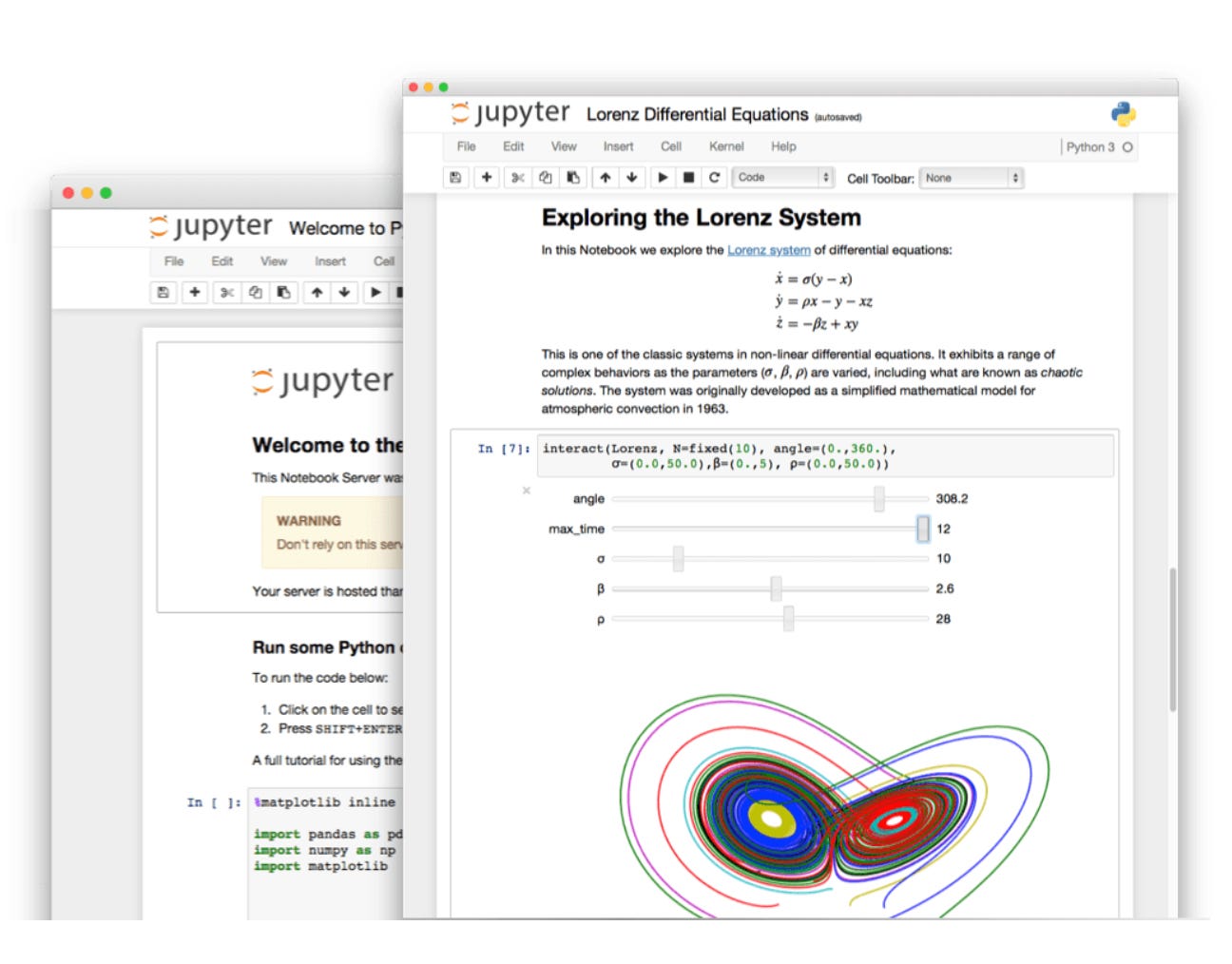The Future Of Data Analytics - Issue 67
What are the new patterns of development for modern analytics? How to adapt, and what to expect from data analysis in a few decades?
The data analytics domain is changing significantly right now. Every few years, a new analytics role emerges within a market that requires a slightly different skillset. How does one adapt and stay competitive? In this publication, I’ll focus on some patterns happening today in data analysis and share my musings on where all this is going.
If you’ve read my publications for a while, you know that being a data analyst is the most challenging and fascinating role of all. You have to dually represent the beauty of both technology and business within a single role. Data analysis has different directions and flavors that can focus on marketing, predictive analytics, ML, revenue, or growth, but the main objective of any analyst job stays the same - you connect technology with business to drive and influence company strategy and direction. The output of your work may differ from a dashboard or a report to a forecasting model or an interactive app, but the objective stays the same - you connect the dualism of yin and yang for good.
What will the future look like for analyst jobs?
Analyzing the current patterns, title, roles changes, and transformations over the last few decades, we can predict these main changes to happen to a Data Analyst role over the next few decades:
1. Analytics will be segmented into more specialized functions
Take a look at data science and data engineering today:
The Data Scientist role became more specialized and now is broken into Machine Learning Scientist, Machine Learning Engineer, Applied Scientists, Applied Machine Learning Engineer, Big Data Engineer, NLP Scientist, Computational Scientist, etc...
Data Engineering followed the same footsteps and is segmented into many different roles including Data Architect, BI Developer, Database Administrator, Data Visualization Engineer, Platform Engineer, Cloud Analytics Engineer, and many more.
We already see it happening now as the data analyst role is transforming into more specialized functions - Marketing Analyst, Product Analyst, Financial Analyst, Product Experimentation Analyst, Growth Analyst, Content Classification Analyst, Data Storyteller, Data Quality Analyst, Data Researcher, Fraud Analyst, and more.
Each specialization has its own set of tools and applications. I still think SQL will remain a dominant skill for a while because RDBs aren’t going anywhere - quite the opposite, as they’re gaining more popularity and are proving to be cost-effective and efficient. Requirements for Python might change depending on the specialization. You would need an advanced level for visualizations and predictions, but a beginner level for Product and Growth analytics. Analysis and Critical Thinking are and will be essential for any title having the “analyst” keyword in it.
2. Automation will eliminate reporting needs
Maybe “eliminate” is a strong word at the moment, but it will reduce or shrink significantly for sure. I remember when the first strong push towards reporting automation came around 2010 with Mixpanel entering and completely changing the product and business intelligence market. In a few years, many other BI tools followed - Amplitude, Interana (now Scuba Analytics), Heap, Kissmentrics, and many, many more, reducing the need for dashboard development and creating a new product analytics function.
There is no need to develop BI dashboards now because these tools provide all the charts you need, one click away, always live, super-intuitive, ready to be segmented, cohorted, and sparkle in any way you want! And they’re not dependent on ETLs and refresh schedules. In most cases, the data they show is not helpful, leading you in the wrong direction and not making much sense (and here is why), but that’s another story for another time.
Experimentation is taking its own turn with some new A/B testing tools arriving on the market every year. Do you remember times when you had to manually define and segment user groups for the test, spending days to estimate significance, the test timeline, and variance? Fun times. And then, whatever production tool is in-house, it never does a 100% clean equal traffic split, so you always have to watch your back and manually exclude users from your analysis who got into multiple tests. Forget all of that now. The cleanest traffic disseminations, fancy and sophisticated user groups with dozens of attributes, complex lined up rollouts, and elaborative test data evaluations are only a few thousand dollars per month away now. It’s all getting cheaper, more accessible, and simply better.
Applications and software for analysis are getting more democratized. Tableau and Power BI have become redundant. The whole concept of running analysis in a worksheet which you have to upload somewhere and then download to make a change is painful and outdated. Mode, Chartio, Sisence, and Looker have brought a new way of analytics with which the staticity of Tableau can’t compete today. Every new BI tool is moving towards notebooks with SQL+Python combo. Having your analysis in a notebook which you can always rerun and modify online is essential for analytics. You use SQL to read and extract data, and then Python to transform and analyze it. This concept is strong, and I think more and more analytical libraries will be created to make analysis, predications, visualizations even more intuitive and elaborate.
I am looking forward to these changes. The more specialized your function is, the more competitive you become, and it gets easier to develop your unique expertise and bring value to your specific role, rather than being a master of none.
I can’t wait for reporting automation as well. I don’t think developing dashboards is worth an analyst’s time. And fortunately, the modern tech stack is driving and transforming our expectations of modern analytics.
Related publications:
Expert Insight: Brian Balfour - Learn Your Domain and Differentiate Yourself
Expert Insight: Haki Benita - Choosing The Right Tool For The Job
Expert Insight: Ziv Wangenheim - How Data Analysts Can Evolve and Adapt
Thanks for reading, everyone. Until next Wednesday!





